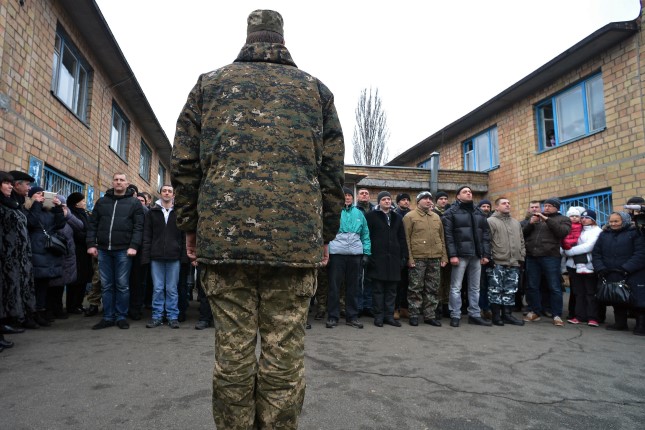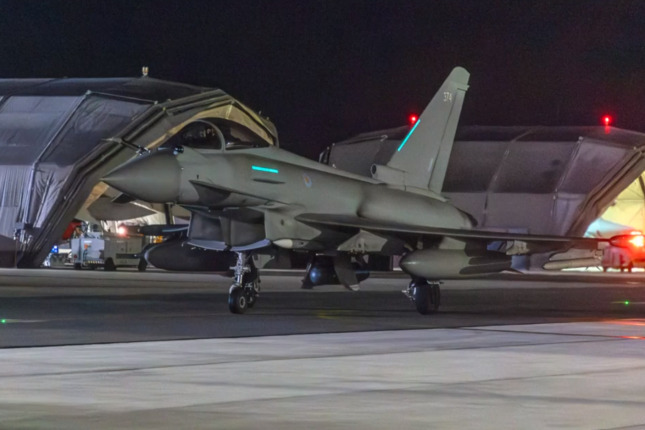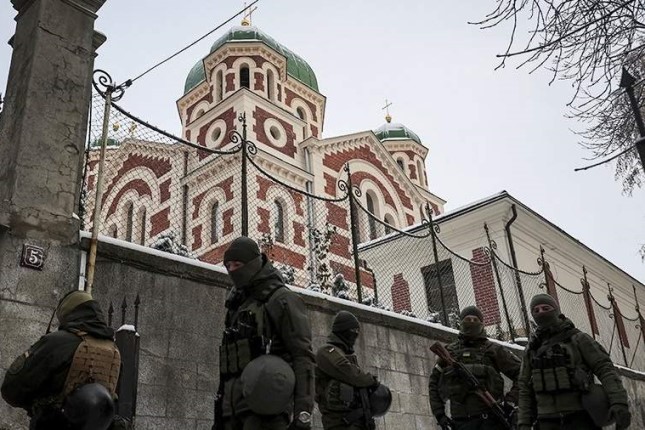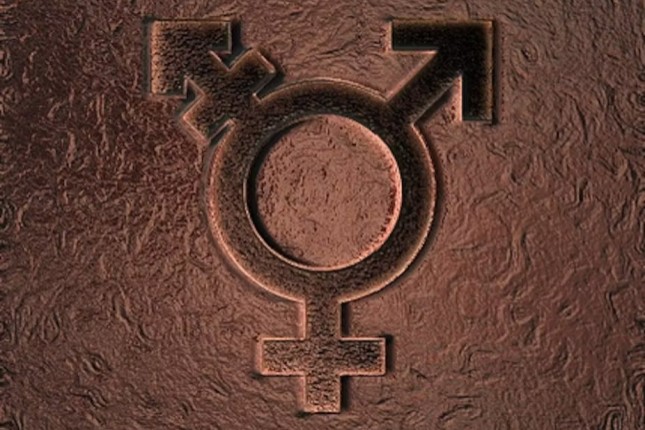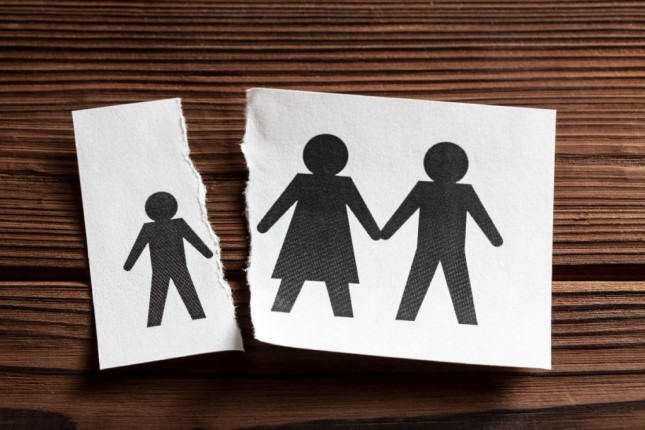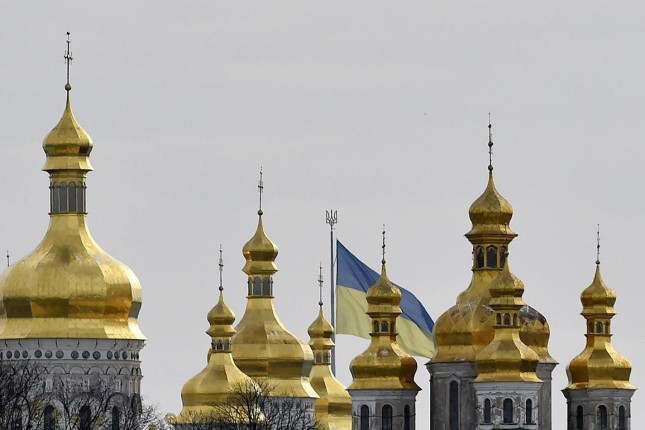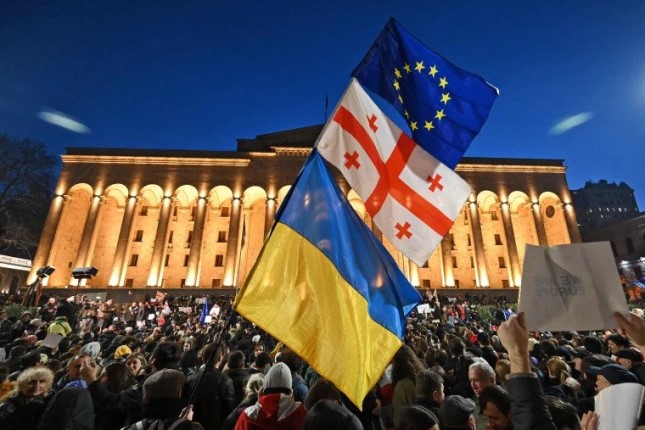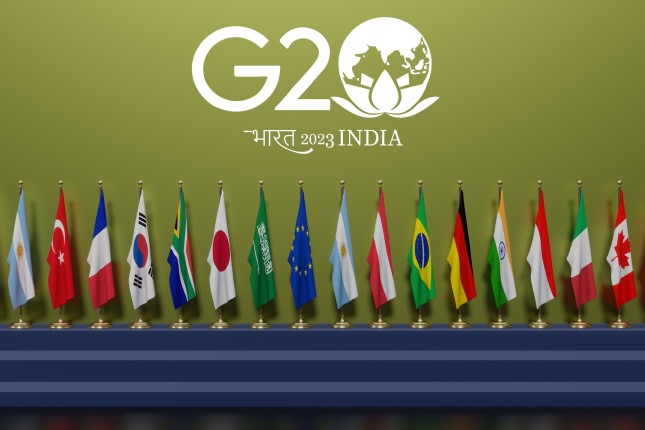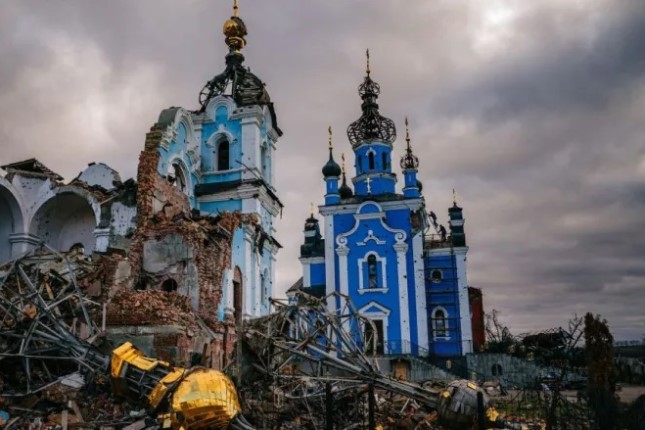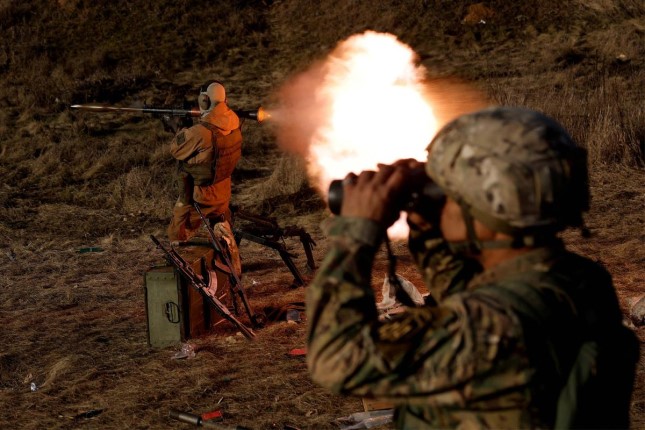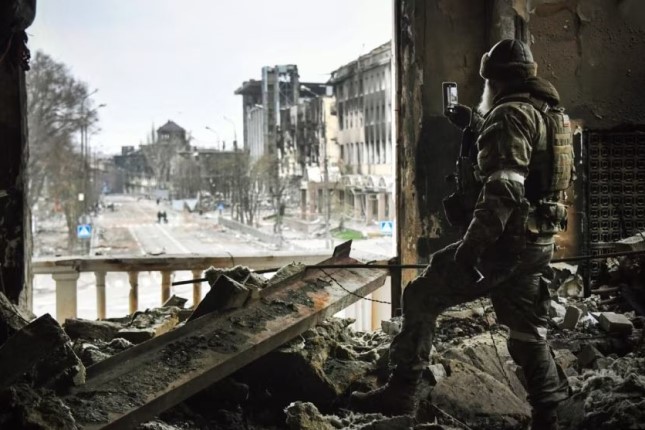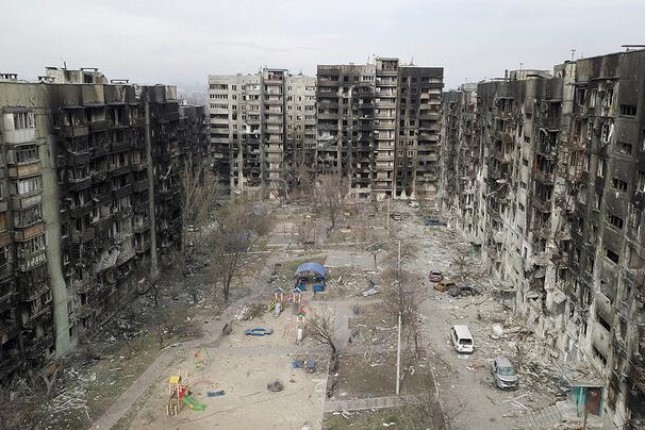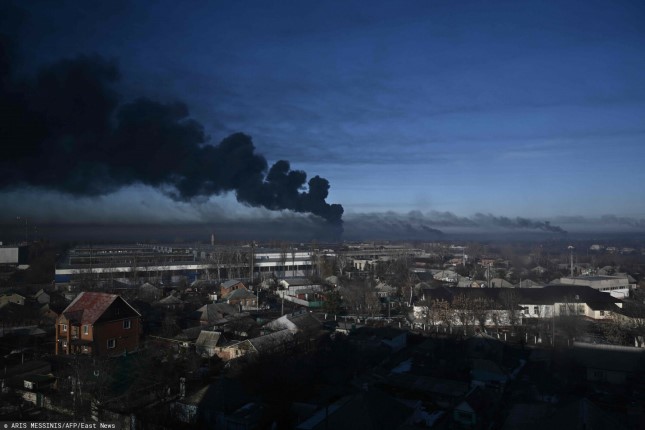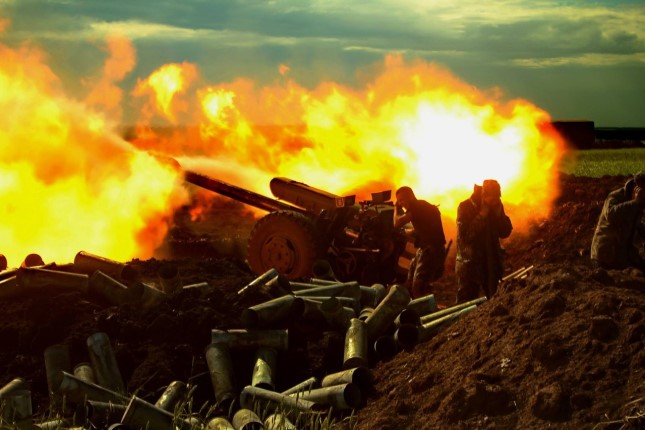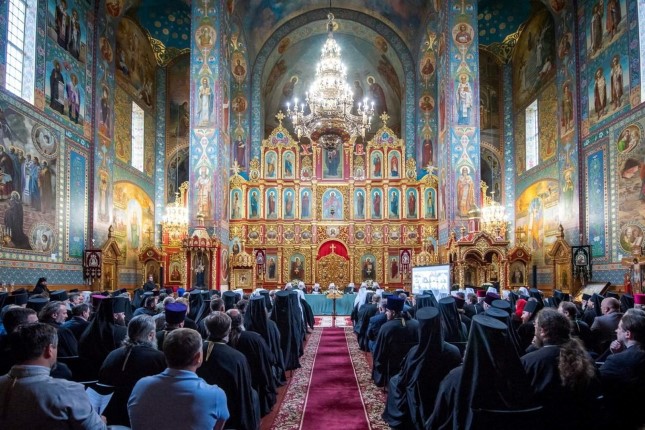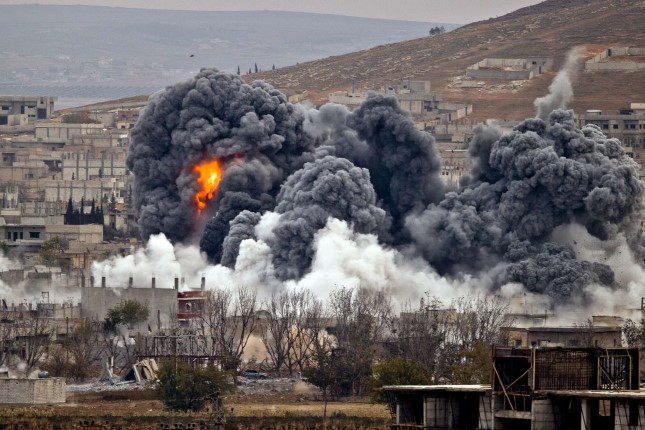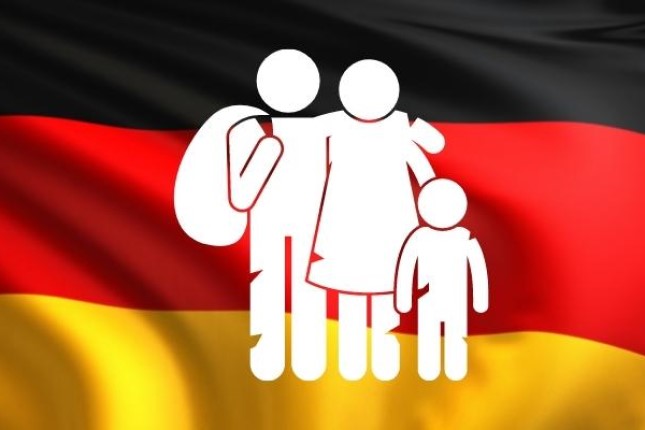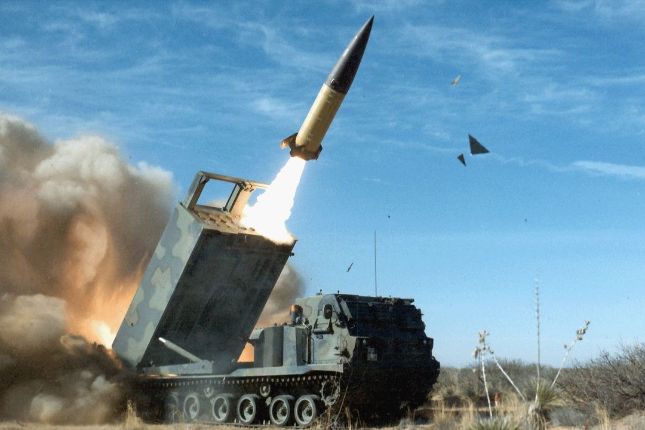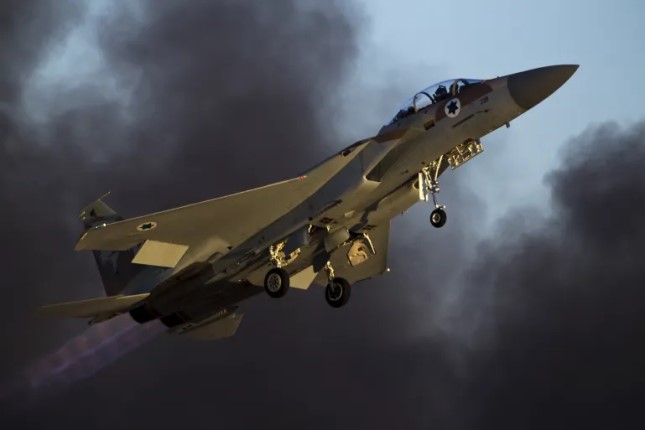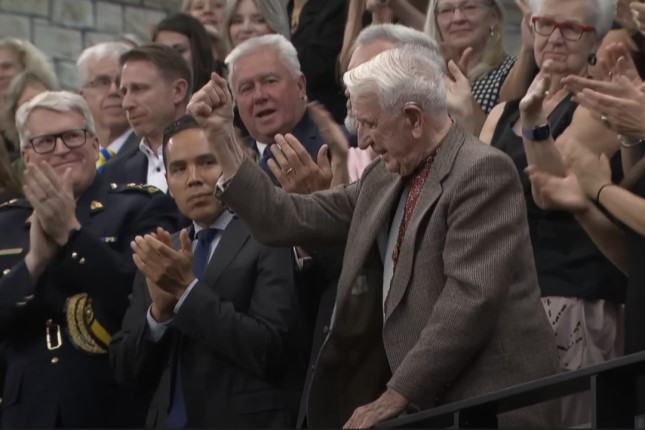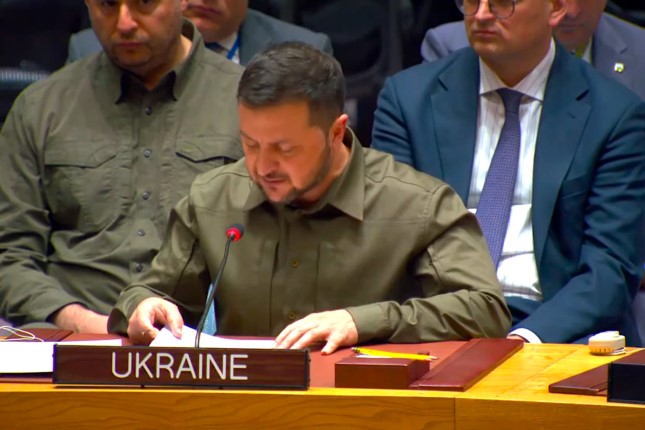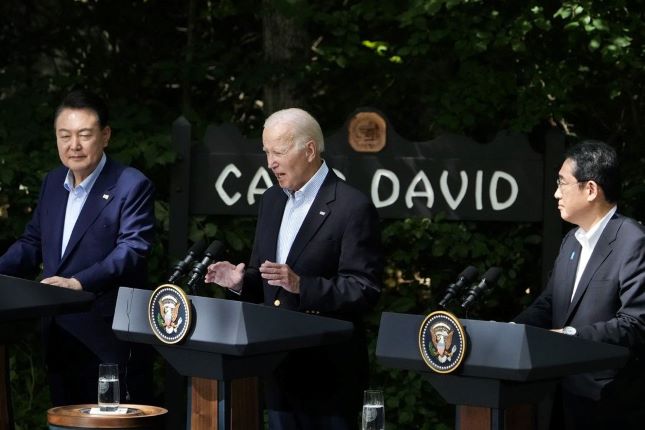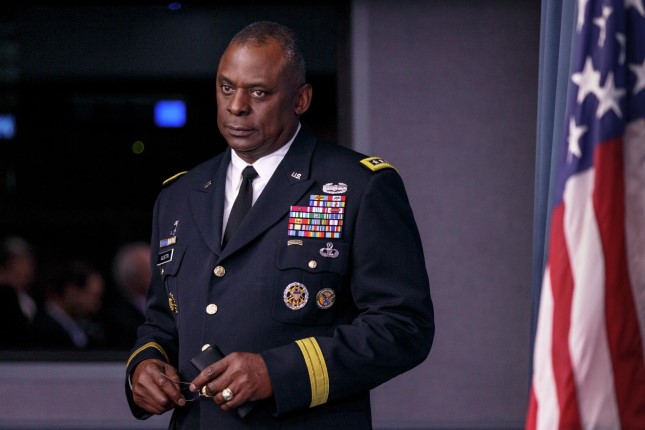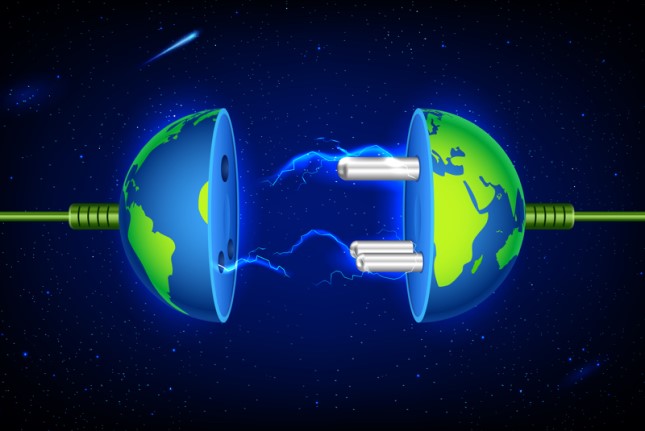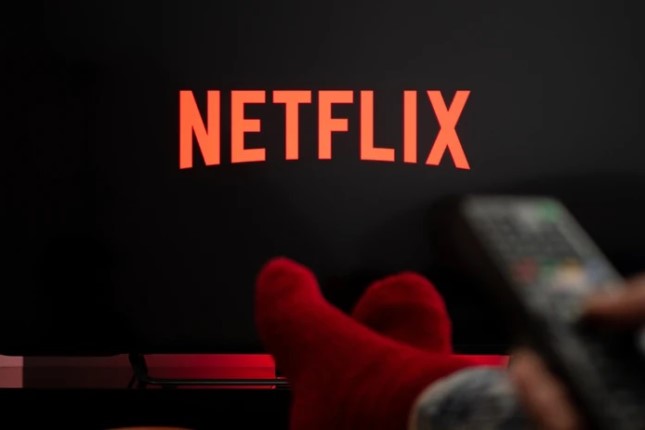"It's hell on earth right now; I can't find enough words to describe it," said Ukrainian soldier Petro Voloshchenko about the fiercely contested city of Bakhmut in a recent interview with the Associated Press. According to Voloshchenko, only a few thousand residents remain in Bakhmut out of a prewar population of 80,000.
The situation around Bakhmut has been gradually deteriorating for the past six months. "For Russia, the city was one stepping stone toward its goal of seizing the remaining Ukrainian-held territory in Donetsk", says the Associated Press. Although the months of brutal fighting have exhausted Ukrainian forces, they are still holding their ground. Part of the reason why Ukrainian troops are sustaining heavy casualties is that Leopard battle tanks (https://thecolumnist.org/news/newsitem/nato-sends-over-120-battle-tanks-to-ukraine-in-first-wave) and other heavy weapons are yet to be delivered to the frontline, hence the need to plug the hole in Ukraine's defensive positions with lightly armed soldiers without sufficient artillery support.
The Associated Press reports that Ukraine compensates for its lack of heavy equipment with troops that seem willing to "hold off attacks as long as possible." Still, manpower can only do so much, and this strategy has resulted in horrific troop losses. According to Tetiana Ivanchenko, a Ukrainian volunteer at a frontline medical unit, from 50 to 170 wounded Ukrainian soldiers pass daily through just one of several emergency stabilization points situated along the Donetsk frontline.
Combat statistics suggest that a wounded-to-killed ratio is usually around 3.5 to 1. Based on this assumption, it shouldn't be too hard to calculate how many Ukrainians will never return home from the battlefield.
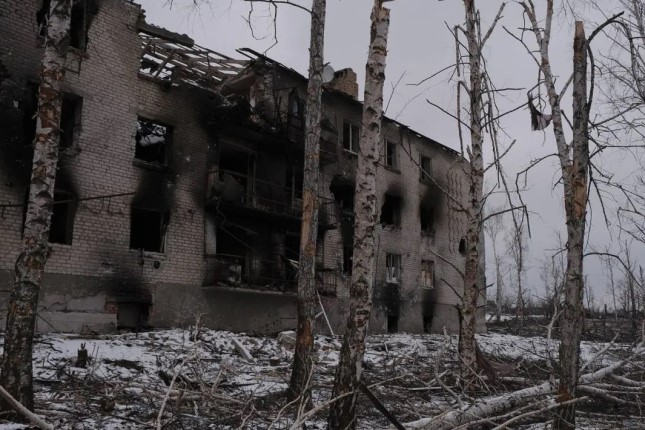
The aftermath of fierce fighting in Bakhmut
Who is responsible for such catastrophic losses?
Apart from the opposing army, it is the top brass of Ukraine's armed forces and Ukrainian authorities in general, i.e. those who have been managing the country's human and economic resources throughout its confrontation with Russia. Since battlefield casualties are mounting, Kyiv has no option but to step up its mobilization efforts.
In theory, Ukrainians probably understand that a call-up is inevitable: all they need to do is follow the news. In practical and emotional terms, however, most Ukrainians are opposed to the very idea of new mobilization waves and the way these call-ups are carried out.
Ukrainian social media are circulating video instructions for draft-eligible men, suggesting in a seemingly half-joking manner they should play hide-and-seek with recruitment officers by barricading themselves at home. If they really need to go out, they have to look like people with disabilities: a pair of crutches or better yet a wheelchair should help. Joking apart, Ukrainian border guards have stopped a number of military-age men disguised as women from fleeing the country.
One can also find numerous real-life videos on social media that show able-bodied men (dressed as men and walking without crutches) being corralled and thrown into police vans. The Ukrainian men are resisting but they are "loaded into the vans like sacks of potatoes," say passers-by as they capture these "excesses of mobilization" on their phone cameras, mixing their commentary with foul language.
Such video clips are "leaked" to anonymous Telegram app channels where they appear alongside anonymous reports based on insider information. According to unnamed sources in the higher echelons of the Ukrainian army and the Ukrainian president's Office, the authorities have decided to involve the Security Service of Ukraine in the mobilization campaign to achieve the objective set by the country's leadership − 200,000 new recruits. The ultimate goal is to curb and channel public indignation, prevent mass protests, sabotage and reprisals against recruitment officials. Among other things, it is proposed to ban filming enlistment officers when they deliver draft summonses.
Despite all these efforts, Ukrainian men still do what they can to appear on the streets as rarely as possible. When they do go out, they literally shy away from people in uniform. Needless to say, this has an adverse impact on the psychological situation in Ukrainian families and society as a whole and aggravates the country's economic woes further.
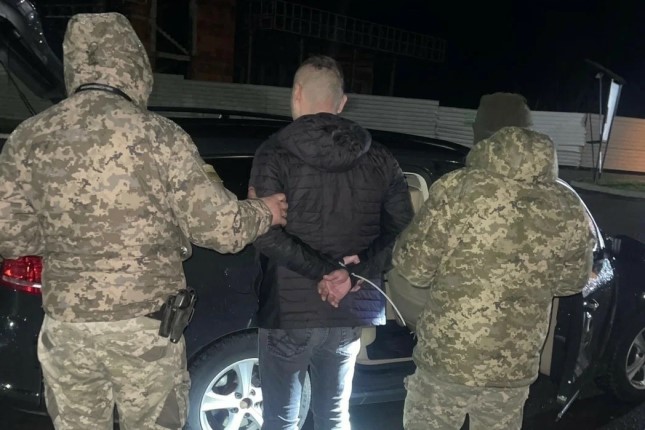
Put your hands behind your back and march to the front – how mobilization works in Ukraine
Telegram channels are literally screaming about human rights violations during the mobilization in Ukraine. The Ukrainians are reminded that they, unlike Russians, can still file a lawsuit with the European Court of Human Rights and claim considerable compensation from Ukrainian authorities.
To set a precedent for others, Ukrainian pro-government media is circulating reports about a draft-dodger sentenced to three years in prison for refusing to go to the front. Apparently, a certain reserve lieutenant passed a medical test at a recruiting station but failed to show up for duty. He was detained, tried and sentenced to several years in prison.
Interestingly enough, Telegram channel bloggers have described this incident in a sympathetic tone. In their opinion, it is better to serve a few years in prison, then appeal to the European Court, obtain rehabilitation and receive generous compensation rather than face the prospect of being killed in action or ending up maimed on the battlefield.
Some social media pundits are even going beyond superficial descriptions of the "mobilization case" by making assumptions about what may be going on behind the scenes of the "desperate mobilization to the last Ukrainian."
According to their speculations, the speedy call-up of 200,000 additional troops was emphasized during the latest meetings between Ukrainian authorities and Western military and special services officials. Allegedly, US and European partners told Ukrainian president Zelensky to make up for the huge losses in manpower as quickly as possible: this is supposedly one of the conditions that Ukraine has to meet in order to receive continued military and economic aid from its Western allies.
At the same time, many people both in Ukraine and other countries have noted that Ukrainians are less willing to fight, endure hardships in the trenches and risk being seriously wounded or killed in action than they were at the outset of the conflict. This change is primarily due to exhaustion after nearly twelve months of fierce fighting, declining living standards among the civilian population and rising crime rates across the country.
For all the propaganda rhetoric of the Ukrainian president's Office and pro-government media, the morale and fighting spirit of Ukrainian troops are declining, which weakens the army from within and reduces its combat capabilities regardless of the supply of HIMARS multiple rocket launchers and the expected delivery of Leopard battle tanks pledged by the West. After all, to operate military equipment, shoot and attack effectively, an army needs strong and motivated soldiers rather than "sacks of potatoes", to use an analogy made by eyewitnesses of the current mobilization drive in Ukraine.
